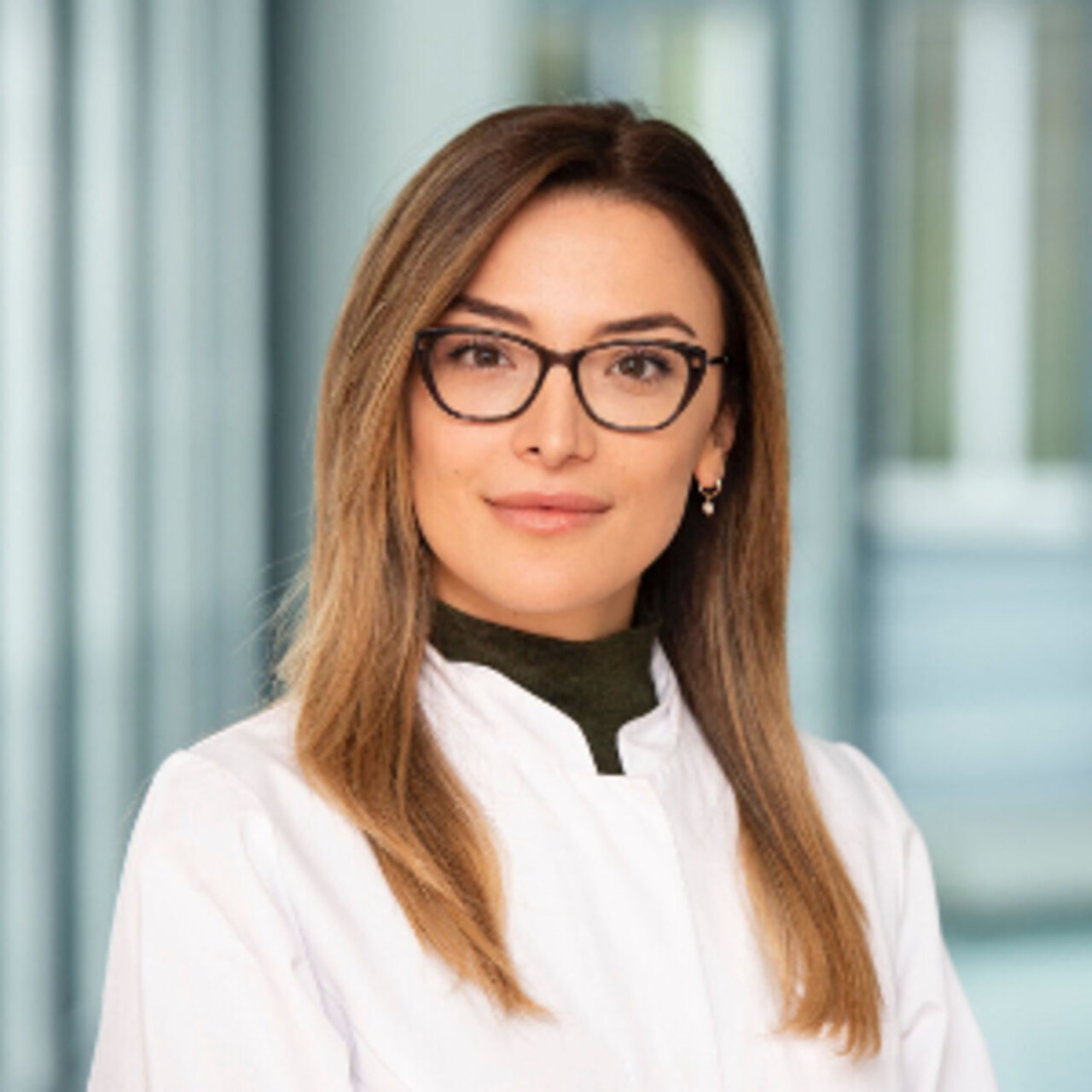Specialists in Pulmonary function test in children
4 Specialists found
Dr Brunilda Alushi, PhD, FEACVI
Internal Medicine and Cardiology, Prevention and Imaging Diagnostics
Munich
Information About the Field of Pulmonary function test in children
How can you self-test if your lungs are healthy?
There are no secure options to test the health of your lungs all by yourself. You should always consult a doctor for this matter. However, you can pay attention to certain signs and clues before seeing a doctor, that may reveal information about the status of your lungs. Are you out of breath quickly, also after rather non-strenuous activities like walks? Are there any known allergies that make breathing worse? Are there any symptoms such as coughing or dyspnea?
For patients with chronic lung diseases, peak flow measurement offers another way of monitoring the lung function. A small device called peak flow meter is used to define the maximum expiratory flow (peak expiratory flow = PEF, which is measured in milliliters). For proper measurement, patients first have to take a deep breath and then exhale as strongly as possible into the peak flow meter. The resulting values are of particular interest in cases of chronic respiratory issues, that can be caused for instance by bronchial asthma or COPD (chronic obstructive pulmonary disease). Both diseases cause a constriction of the airways that leads to a reduced PEF.
Which lung problems necessitate a lung function test at the doctor’s office?
LFTs should be carried out in patients who for a longer period of time have suffered from dyspnea or cough, report productive cough or present with abnormal sounds during auscultation. LFTs are also indicated in patients with pulmonary changes in their X-ray of the thorax or as a pre-operative assessment.
Furthermore, LFTs are carried out whenever a specific lung disease is suspected, such as COPD, lung fibrosis (scarred and hardened lung tissue) or bronchial asthma.
What examination modalities are available?
LFTs include several tests or measurements that can either be carried out by the family doctor or pneumologist (= ”lung doctor”) in a clinic.
Spirometry, also known as the small lung function test, represents the first step to check the lungs. This test allows for measurement of the lung and respiratory volume and enables the physician to distinguish between obstructive and restrictive lung diseases. Obstructive refers to a narrowing of the airways that make exhaling more difficult. As the condition progresses, the lungs can become hyperinflated and COPD as well as bronchial asthma are examples of obstructive lung diseases. Restrictive means, that the lungs have lost their flexibility and compliance and the volume of air that can be inhaled is reduced. An example of an restrictive lung disease is lung emphysema (= as a result of COPD by destruction of lung alveoli).
The way spirometry works is the following: patients breathe into a mouthpiece, while the nostrils are closed by a clip, so that the entire volume is directed into the measuring device. During the procedure, the patient will be asked to take breaths of different depths. The values obtained can point to a variety of diseases.
Cardiopulmonary exercise testing can be carried out analogous to spirometry. In this case, the measurement is done during physical exercise, typically on a treadmill or a bike ergometer. This advanced spirometry can test the lungs’ functionality under stress.
Another variant of spirometry is the bronchodilator reversibility test. It involves the administration of a medication that leads to a dilation of the bronchi, as is used in asthma therapy. Spirometry is carried out before and after giving the drugs. Due to this test design, a distinction between reversible obstructive diseases that thus respond to the medication as well as irreversible obstructive diseases can be made and the therapeutical success can be estimated.
Body plethysmography, also known as large lung function test, represents an expansion of spirometry. During a body plethysmography, patients have to sit in a glass box. This yields even more precise values and it can be concluded how healthy your lungs are. Also during the body plethysmography, your doctor will instruct you to perform several different breathing maneuvers. The results are presented as a pressure-volume graph and exhibit forms specific to respective lung diseases.
A completely different test modality is bronchoprovocation which is used during diagnosis of allergies. The patient is supplied with a gas mixture for inhalation, which contains small amounts of potentially allergenic substances. If the subsequently performed LFT shows a worsening of the lung performance, it points the presence of an allergy.
What values are considered normal?
Reference values depend on age, gender and body height and differ between patients. For a healthy and young adult they are as follows:
- Total lung capacity (TC/TLC), or the lung volume after complete inhalation: approximately 6 – 6.5 l
- Vital capacity (VC), or the maximal lung capacity: approximately 4.5 – 5 l
- Residual volume (RV), or the lung volume remaining after expiration that is not considered part of vital capacity: approximately 1 – 1.5 l
- Tidal volume (TV), or the lung volume consumed with inspiration and expiration: approximately 0.5 l (it can be greatly increased during physical exercise)
The peak expiratory flow (PEF) which means the maximum rate of airflow that can be reached with forced expiration as well as the FEV in 1 second (FEV₁) which is defined by the volume attained during the first second of forced expiration are strongly dependent on age, gender and body height and do not offer universal information.
Which doctors and clinics are specialists for lung functions tests?
If you're in need of a doctor, you expect the best medical care possible. So of course patients are curious to find out what clinic to go to. As there is no objective way to answer this question and a legitimate doctor would never claim to be the best, patients must rely on a doctor's experience.
Let us help you find an expert for your condition. All listed doctors and clinics have been reviewed by us for their outstanding specialization in the field of lung function tests and are looking forward to your inquiry or wish for treatment.



